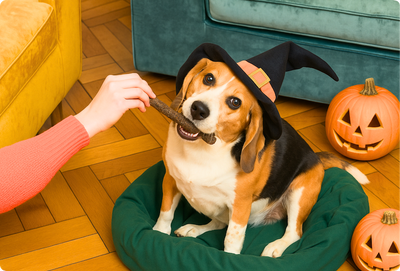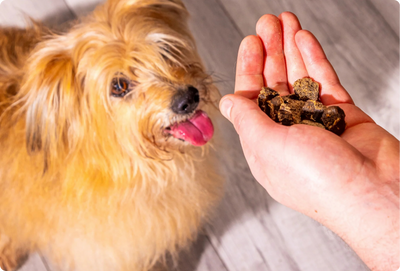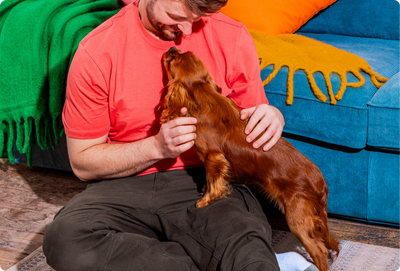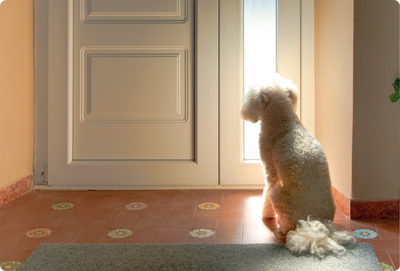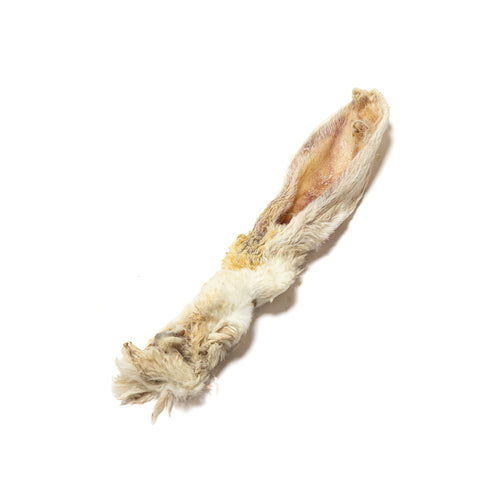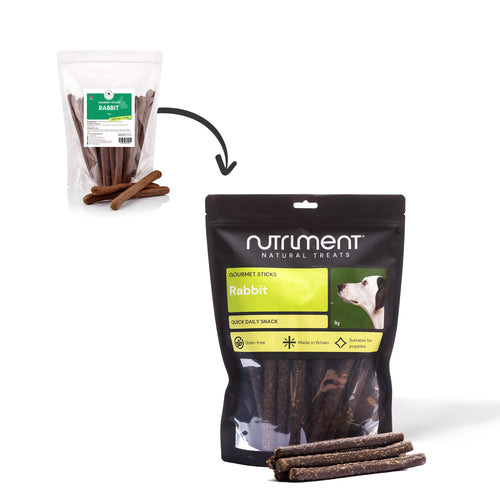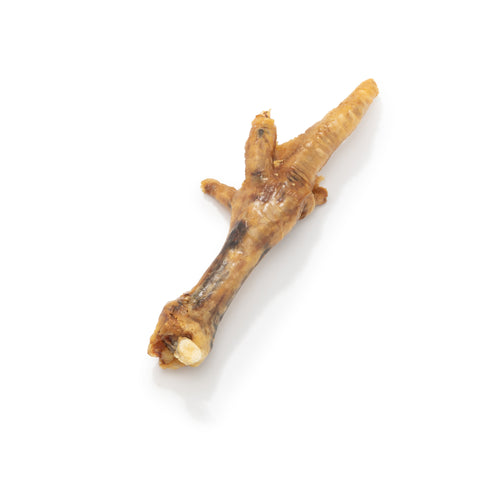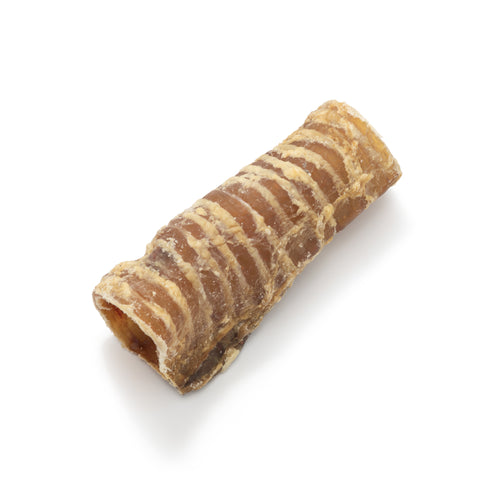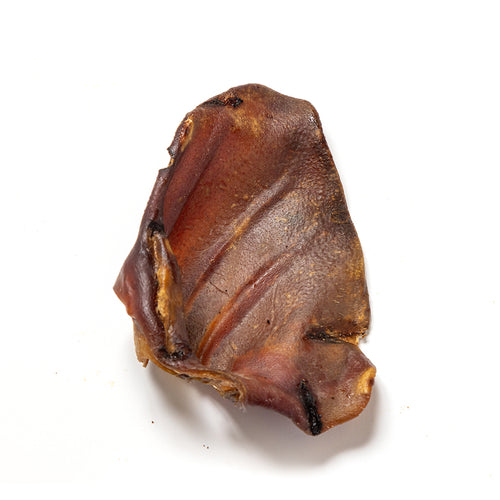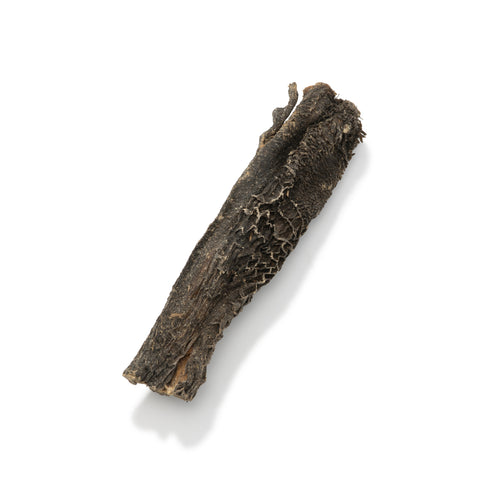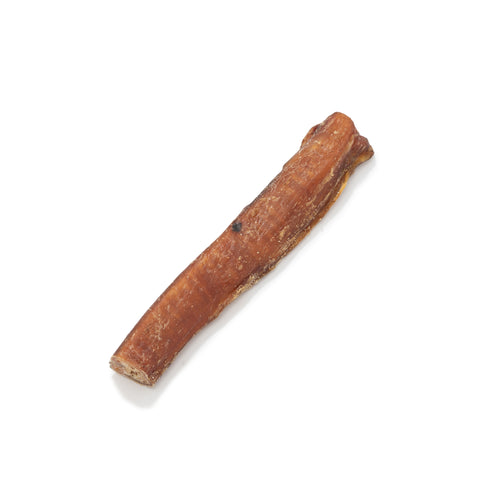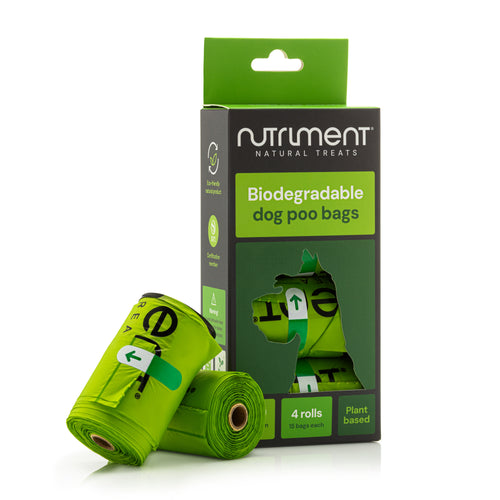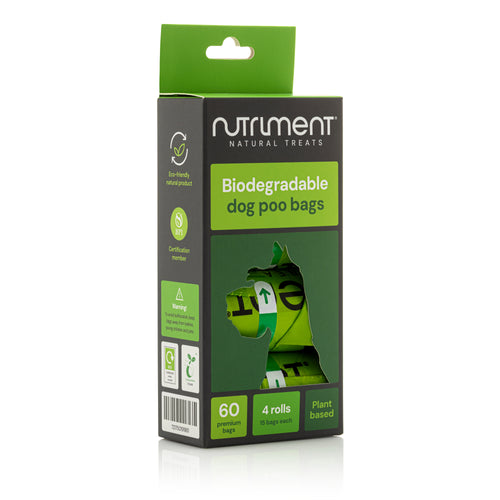
In this week's blog, we will be continuing with our winter theme - and this time it is top tips for walking your dog in the dark.
As the days get shorter, many of our dogs will be taken for their daily exercise in the dark, especially if you work during the day! Remember that in poor weather, visibility is reduced, particularly in low light conditions.
Regardless of if you head out in the morning or the evening, be sure to follow our top tips for safety:
Most important of all, and our number one tip is to make sure you and your dogs can be seen. Whilst dark clothing keeps cleaner in muddy conditions, it makes it much harder for cars, cyclists and other pedestrians to see you both. Fluorescent materials and brightly coloured clothing help you to stand out during the day, but are no good in the dark. Reflective material on the other hand, whilst dull looking in daylight, is able to reflect back light. High vis jackets have both, so investing in one for you and for your dogs, will be invaluable in making you both more visible.

Whilst reflective clothing is good for making you visible where there is some light - such as car headlights or under streetlights, providing your own source of light will make you even more visible to other pedestrians, as well as helping you to see what is up ahead. A head torch is a great addition to your winter walking toolbox. As well as lighting up the paths, and making you more visible, it is much easier to pick up your dog's poop with a hands free light - no more juggling leads and torches! For your dog, there is a vast market of light up accessories, such as LED collars, tags and harness attachments.
If you do continue to let your dog off their lead in dark or low light conditions, be sure it is somewhere safe and secure, ideally with no obstacles - keep those woodland walks and riverside ambles to daylight hours. Make sure they are lit up, and have a good recall. If you have any doubts, don’t let them off.
Time for a brief science lesson! Light enters the eye through the iris and hits the retina. The optic nerve attached to the retina transmits electrical impulses from the retinal cells to the brain. Retinal cells are either cone or rod shaped, determined by the shape of the cell. The different cell types contain different light receptor proteins, which determines their ability to detect colour.
Dogs have limited colour vision - although it is not, as widely believed, just black and white - because their eyes have fewer cone cells than we do and their retinas are rod dominated. In dim lighting, rod cells are more functional - and altogether this means a dog with healthy eyesight can see better in low lighting than you can.
As your dog gets older and their eyesight deteriorates, this low lighting vision is affected. For some dogs, this can result in getting spooked easier than they used to on walks in the dark.

Photo by Marek Piwnicki on Unsplash
Keep yourself safe on walks - always make sure to tell someone where you are going and when you plan on being back. Take a charged mobile phone with you, and consider adding an “In Case Of Emergency” contact information to it. If you are planning on a longer hike, particularly somewhere off the beaten track, or unfamiliar to you, it can be easy to get lost as darkness closes in. Have extra layers, water and snacks.
Don’t wear headphones whilst walking and stay alert to your surroundings, and the people in it.
Polar Night
Whilst it can seem as though the winter in the UK is dark, consider the residents of the far north, in the arctic circle, such as Svalbard, Norway. Between November and January, the 2000 or so human inhabitants and their 1000 dogs, experience the polar night - a time of complete darkness.

Photo by Johny Goerend on Unsplash



